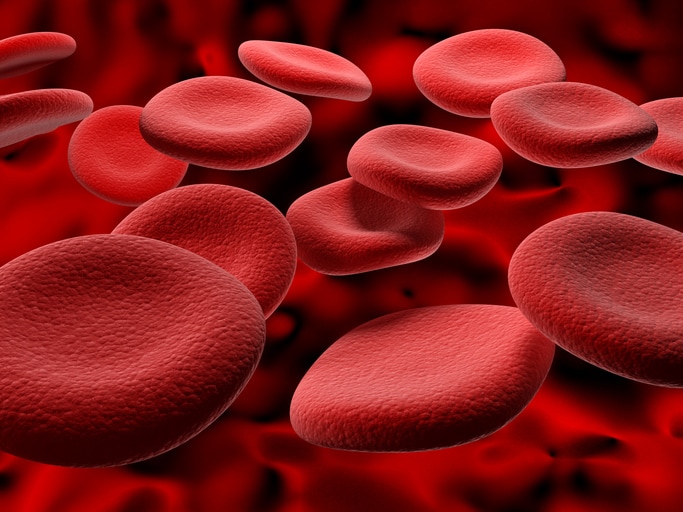Infectious Agents and Healthcare Workers

Photo by Getty Images
Healthcare workers are routinely exposed to infectious organisms in their workplaces. They include:
- Bacteria
- Fungi
- Viruses
- Parasites
Bloodborne Pathogens (BBP): HIV/AIDS, Hepatitis B, Hepatitis C
Exposures to blood and other body fluids occur across a wide variety of occupations. Health care workers, emergency response and public safety personnel, and other workers can be exposed to blood through:
- Needlestick and other sharps injuries
- Mucous membrane
- Skin exposures
Among the pathogens of concern are the human immunodeficiency virus (HIV), hepatitis B virus (HBV), and hepatitis C virus (HCV). Workers and employers can reduce risks of workplace transmission by taking precautionary measures that minimize exposures to blood and other body fluids.
Influenza
Influenza, more commonly called the flu, is a contagious respiratory illness caused by influenza viruses that can infect the human respiratory system, including the nose, throat, and lungs. Although some people experience a mild illness when infected with influenza, it can also be severe and lead to death. The best way to prevent influenza is by getting a flu vaccine each year.
Methicillin-resistant Staphylococcus aureus (MRSA)
MRSA is spread by contact with an infected wound or from contaminated hands. Adherence to infection control practices such as the use of PPE, dedicated patient-care equipment, hand hygiene, and environmental cleaning and disinfection can reduce the risk of infection among healthcare workers.
Tuberculosis (TB)
The bacteria that causes TB is spread through the air and can be released when an infected individual speaks, coughs, or sneezes. Protecting healthcare workers from tuberculosis includes a comprehensive TB infection control program that is based on policies and procedures to reduce the risk of exposure, engineering controls to prevent the spread of TB bacteria, and personal protective equipment such as respirators in special healthcare areas and specific procedures.
Coronavirus Disease 2019 (COVID-19)
COVID-19 is caused by the virus SARS-CoV-2 and caused a global pandemic. The virus is spread when an infected person breathes out droplets and very small particles that contain the virus when they breathe, talk or cough. Some people infected with COVID-19 may not show any signs of illness but can still spread the virus. The best way for healthcare workers to protect themselves against COVID-19 is to be vaccinated. In addition, it is important to have a comprehensive infection control program that is based on policies and procedures to reduce the risk of exposure, engineering controls to dilute and remove SARS-CoV-2 from the air, and personal protective equipment such as respirators in situations where there is substantial risk for transmission.
